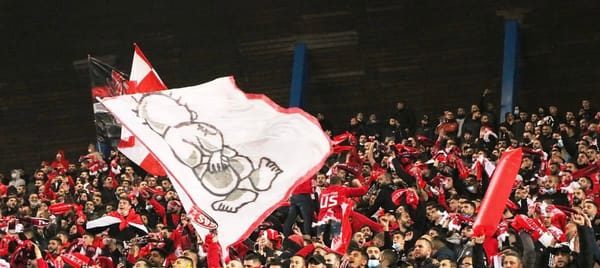The Re-Politicization of Palestinian Soccer
The past decade has seen the growing presence of political protest and expressions of Palestinian national identity in football stadiums in Israel, with Ultras Sakhnin setting a powerful example. Revisiting arguments made in his 2007 book, Tamir Sorek traces how interrelated local, regional and glob











